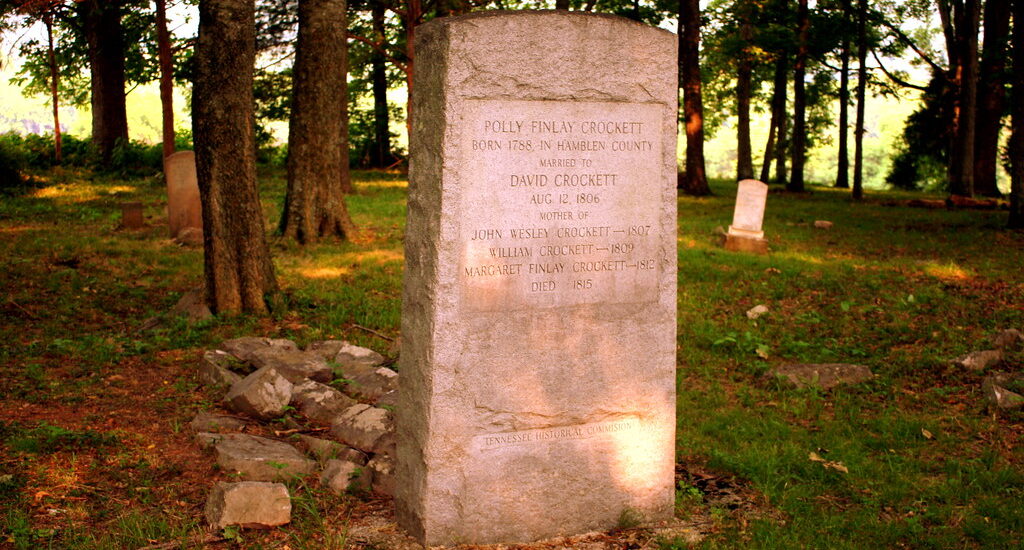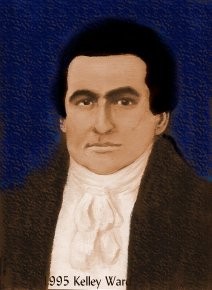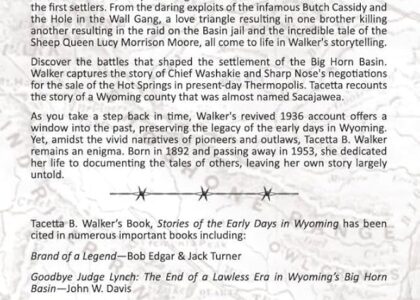Welcome to the location known as Davy Crockett’s First Marriage, a site steeped in the lore of one of America’s most legendary frontiersmen. As you stand here, imagine stepping back in time to the early 19th century, when Davy Crockett, then a young man, embarked on the first of his matrimonial adventures.
Davy Crockett, born in 1786 in what is now eastern Tennessee, is often remembered for his rugged individualism and larger-than-life persona. Before he became a folk hero, a congressman, and a defender of the Alamo, Crockett was a young man in love. It was here, at this very site, that Crockett married his first wife, Polly Finley, in 1806.
Their union was a significant event for the young Davy, marking a new chapter in his life. Polly Finley was the daughter of a respected local family, and their marriage was a testament to the social ties and community networks that were crucial for survival on the frontier. Together, they faced the challenges of frontier life, including harsh winters, farming hardships, and the constant threat of conflict.
Unfortunately, their life together was cut short when Polly passed away in 1815. This tragic event deeply affected Crockett, but it also propelled him into a new phase of his life, eventually leading him to enter politics and become a national figure.
While the original structures from Crockett’s time no longer stand, the site remains a poignant reminder of his early life and the personal stories that shaped him. Over the years, the area has evolved, but it continues to honor the memory of one of America’s quintessential folk heroes.
Today, the legacy of Davy Crockett endures not only in the annals of American history but also in popular culture. His life story, filled with both legendary exploits and personal hardships, continues to captivate audiences, reflecting the spirit of adventure and resilience that defined the American frontier.
As you leave this historic location, take a moment to reflect on the life of Davy Crockett and how this site marks a foundational moment in his journey. It’s a testament to the enduring power of personal stories in shaping our understanding of history.




